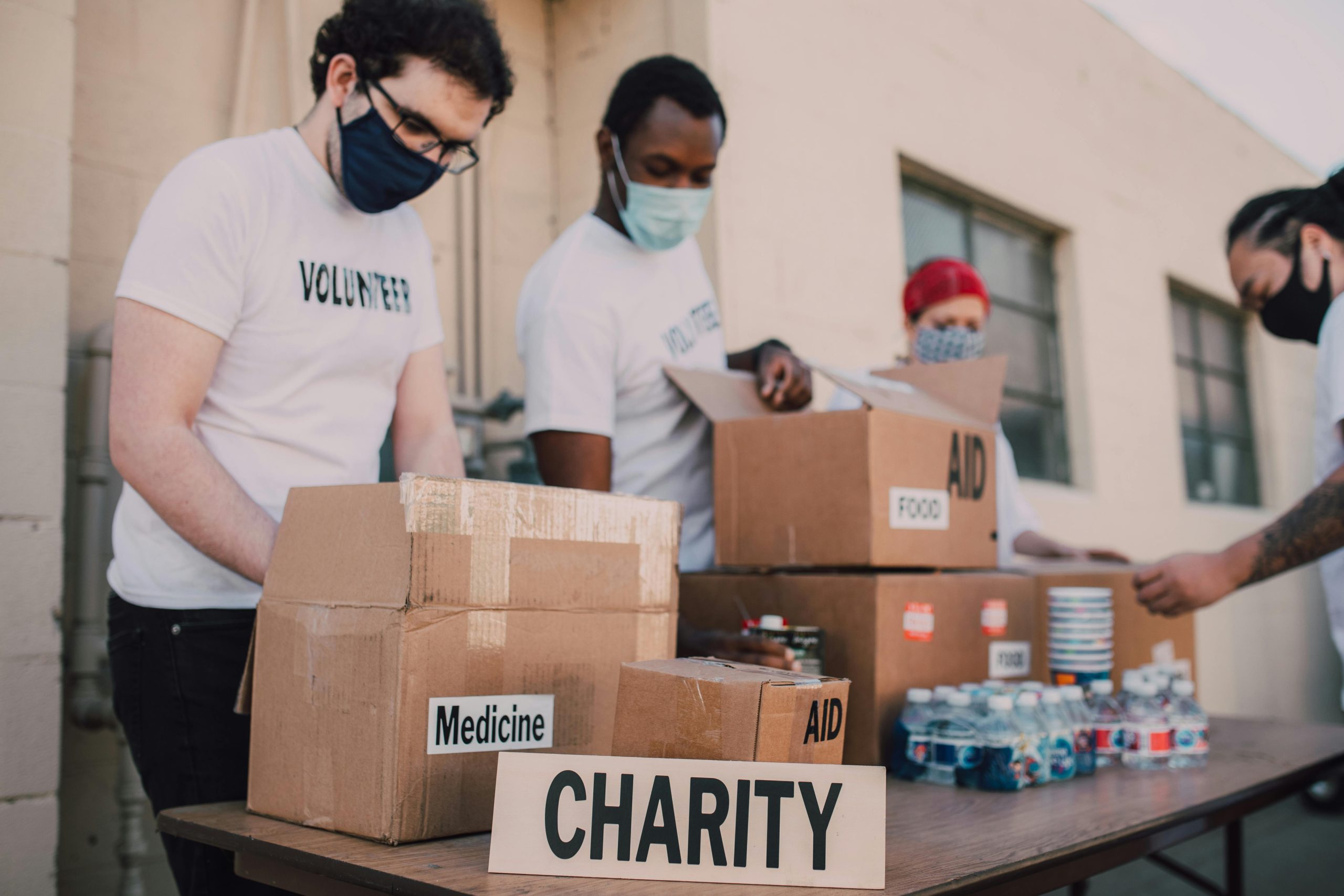After a natural disaster, global crisis, or trending humanitarian cause, people naturally want to help. Unfortunately, scammers know this — and that’s when fake charity scams spike. These fraudsters create realistic-looking websites, social media accounts, and even phone campaigns to collect donations that never reach anyone in need.
At Fast-Recover, we help victims of all types of fraud, including those tricked by fake charities. Here’s how you can stay safe, give wisely, and protect your money from falling into the wrong hands.
1. How Charity Scams Work
Fraudsters often use urgency, emotional appeal, and imitation to get donations fast. Some tactics include:
- Using a name similar to a real charity (e.g., “Red Cross Relief Network” vs. “Red Cross”)
- Creating fake websites with donation portals
- Sending emails, DMs, or SMS messages that look official
- Posing as field workers or volunteers in distress
These scams are especially common after:
- Earthquakes, floods, or war zones
- Pandemics or disease outbreaks
- Viral news stories involving children or victims
2. Red Flags to Watch Out For
- No registration number or nonprofit status you can verify
- High pressure to donate immediately
- No clear information about where funds go
- Requests for donations in crypto, gift cards, or wire transfers
- Spelling errors, suspicious links, or vague messaging
- They contact you first (especially on WhatsApp, Telegram, or Facebook)
3. How to Verify a Charity
Before donating, take 2 minutes to verify. Here’s how:
- Search the name + “scam” on Google
- Use sites like:
- Check their official website domain — not a .info, .xyz, or unusual extension
- Contact them directly via a number listed on their legitimate site
4. Safer Ways to Give
- Donate directly on a charity’s official website
- Avoid donating through social media links unless verified
- Consider well-established crowdfunding platforms with ID verification
- Use credit cards — easier to trace and dispute than wire transfers or crypto
5. What to Do If You’ve Donated to a Fake Charity
- Contact your bank or card provider immediately to try to reverse the payment
- Report the scam to:
- Your local cybercrime unit or police
- Platform where you found the scam (e.g., Facebook, Instagram, WhatsApp)
- Keep screenshots, receipts, and any messages exchanged
- Reach out to Fast-Recover — we specialize in helping victims recover stolen funds
✅ Need Help?
If you’ve fallen for a fake charity or feel unsure about a donation you made — you’re not alone, and you may be able to recover your money.
Contact Fast-Recover today and let us help you take the next step.


